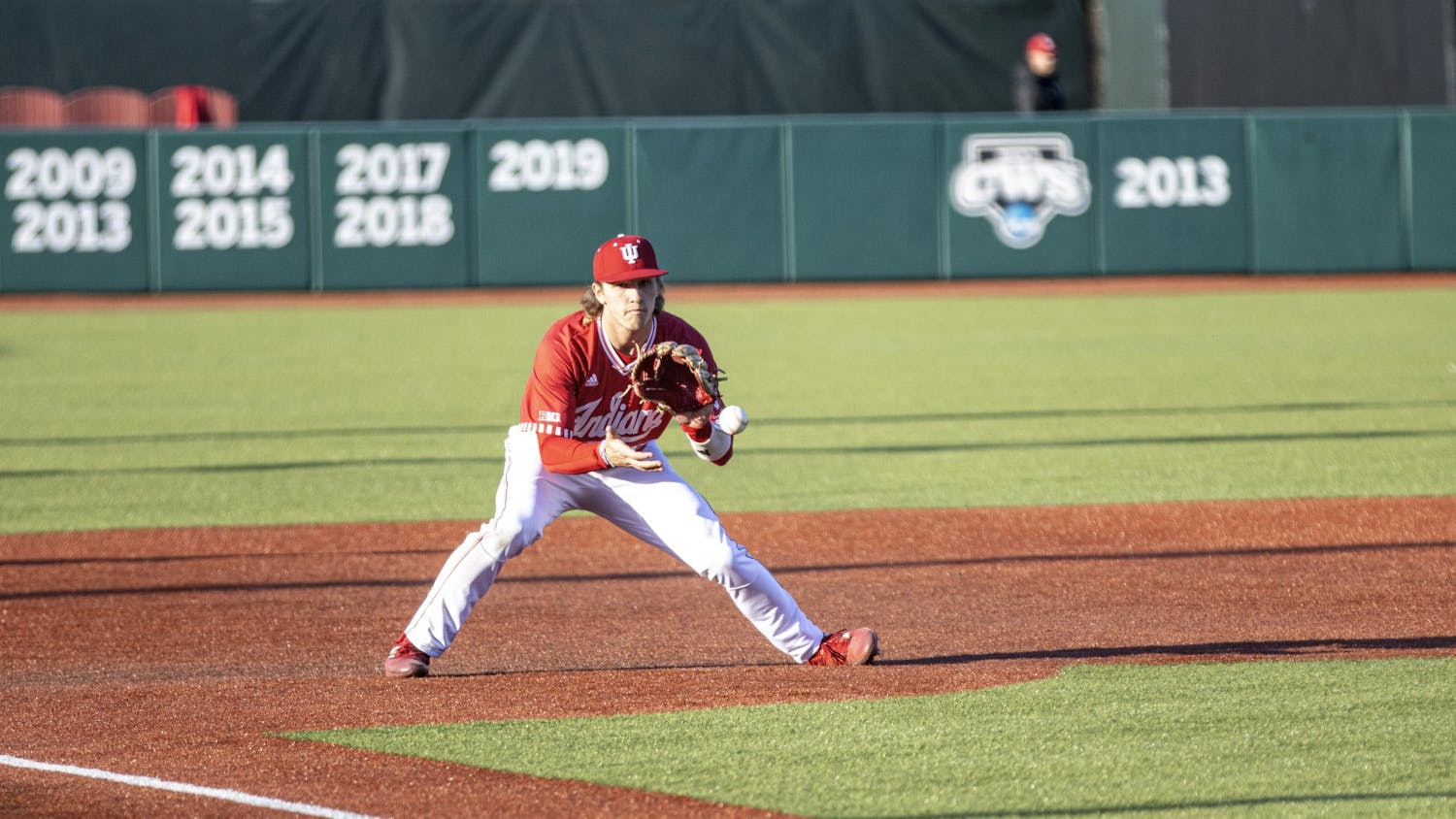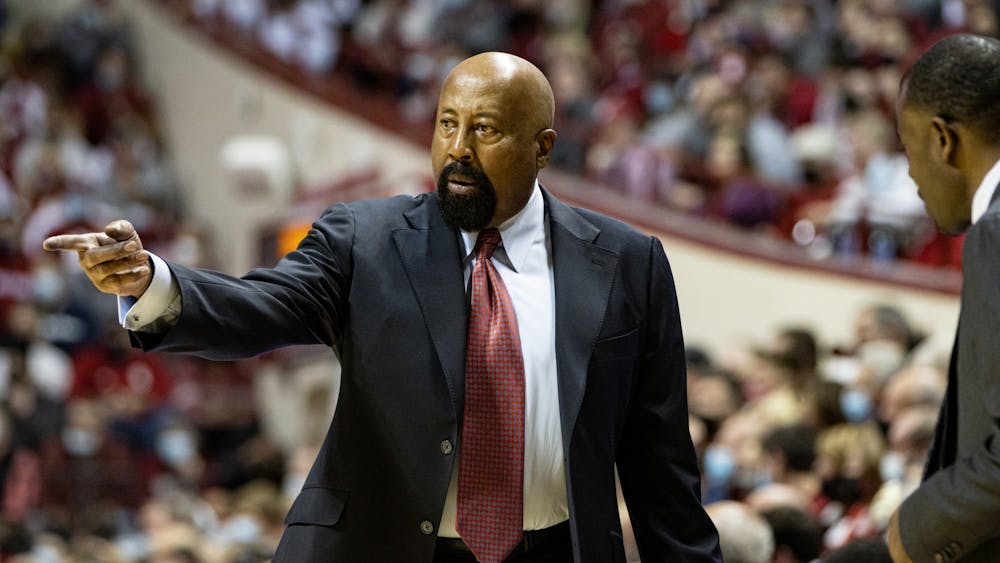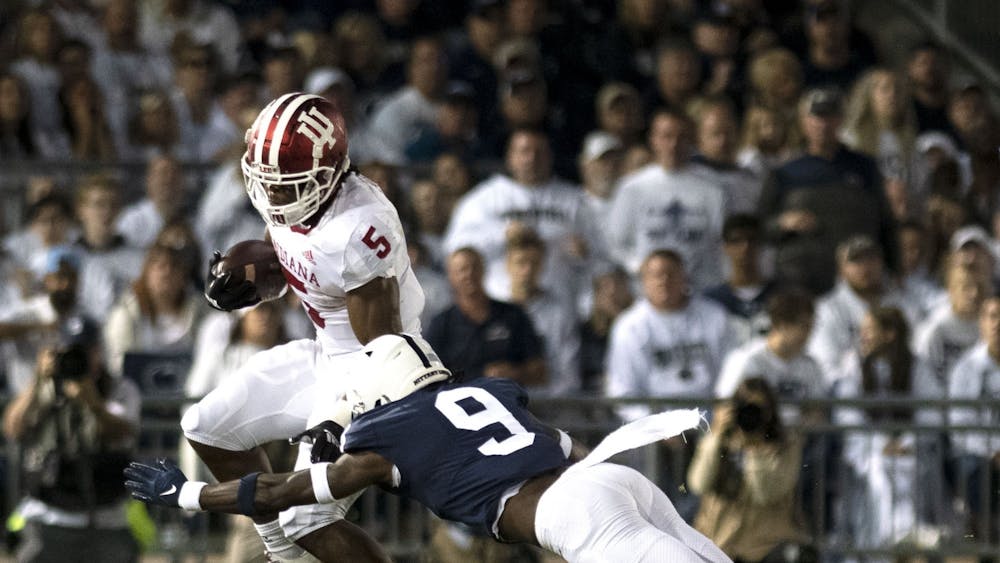If you have seen any football over the last couple of weekends it is likely you have witnessed the extreme differences between the National Football League and NCAA overtime scenarios. One of the overtime scenarios is thrilling throughout overtime and keeps all fans on the edge of their seats every play. The other scenario is exciting, well, exciting if you consider a coin toss exciting.\nIt is time for the NFL's overtime policy of just playing an additional quarter with a coin flip to see who gets first possession to go. The NCAA does overtime right, allowing both teams possession on the 25-yard line and alternating who is on offense and defense first based on a coin toss. Sure, winning the coin toss first and electing to be on defense first has its advantages, but at least both teams get to see the ball.\nSince 1998, more than 60 percent of the NFL teams winning the coin toss go on to win in overtime, with over half of those teams winning on their first possession in the extra period. Even if team members do not score off of their first possession, they are at a distinct advantage if they can even get a decent kick return and a first down or two. This gives them the opportunity to pin their opponent in their own territory and gain valuable field position.\nFar too often in NFL overtime games we see a team make a valiant comeback at the end of regulation to lose the coin toss and get beaten by a field goal in overtime. Through the first six weeks of the NFL season we have already seen nine games go into overtime. In four of those nine games, the losing team has not even seen the football. Fortunately, we have not had to suffer through an overtime tie yet this season, which is not only boring, but leaves both fans and players unsatisfied with the result of the game.\nSome pro football purists argue that the college format of continuous overtime periods until someone holds an opponent would prolong play and increase the risk of injuries. However, I would argue the current NFL format involves nearly as many plays and thus chances for injuries on average as the college format over two or three overtime sessions.\nSince both teams get the ball on the 25-yard line to start their possessions, it would typically take between six and ten plays for a team to score. Also, if the NFL implemented the college rule of forcing teams to go for a two-point conversion after a touchdown starting in the third overtime session, you would rarely see an overtime extend past four possessions per team.\nWorst of all in the NFL's current overtime setup is that after 75 grueling minutes of play, two teams can end the game in a tie. Not only have players expressed discontent with this scenario, but it is awful for the fans of the game. We do not pay big bucks for a ticket or sit around a television for three or four hours to see a game end without a winner.\nA team should not be punished for losing a miniscule coin toss, nor should teams play hard for five quarters to go home with a tie. It is time for the NFL to give the fans the excitement and intrigue they want and allow both teams a chance with the ball and no ties in overtime.
NFL could learn a few things from college football overtime
Get stories like this in your inbox
Subscribe





